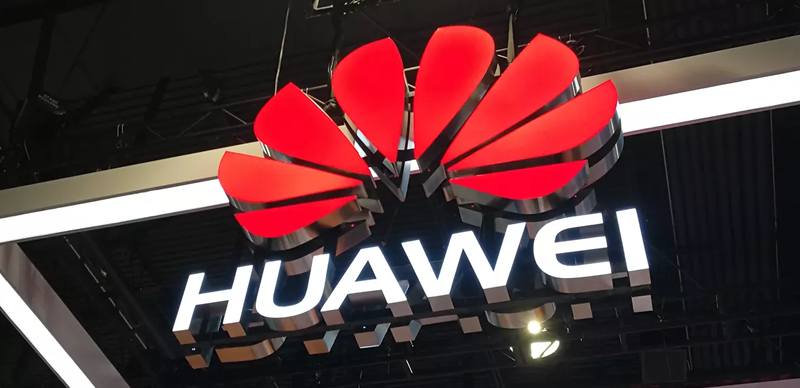Huawei’s resurgence in the Chinese smartphone market during the second quarter of 2024 signifies a remarkable turnaround for the tech giant, which had been grappling with a series of significant setbacks in recent years. Shipping 12.5 million units, Huawei secured an 18.1% market share, a substantial increase from its previous position. This achievement comes against the backdrop of a challenging overall market environment in China, which saw a 4% year-on-year decline in smartphone shipments to 69 million units, marking the end of six consecutive quarters of growth. This decline can be attributed to several factors, including weakened consumer spending power due to economic uncertainties, and potentially, a saturation of the smartphone market as innovation plateaus and consumers hold onto their devices for longer periods. Huawei’s performance, in the face of these challenges, underscores the company’s resilience and its ability to regain lost ground.
This resurgence can be attributed to a confluence of factors, including Huawei’s significant investments in research and development, its continued focus on innovation, and its strong brand loyalty within China. Despite being cut off from key U.S. technologies, including 5G chips and Google Mobile Services, Huawei has doubled down on developing its own operating system, HarmonyOS, and fostering a robust ecosystem of apps and services. This strategic pivot has allowed the company to circumvent some of the limitations imposed by the U.S. sanctions and cater to the specific needs and preferences of the Chinese market. Furthermore, Huawei’s strengths in camera technology, battery life, and user interface design continue to resonate with Chinese consumers, reinforcing their brand affinity.
The U.S. export controls, implemented during the Trump administration and continued by the Biden administration, significantly hampered Huawei’s access to crucial components and technologies necessary for producing high-end smartphones. These restrictions effectively crippled Huawei’s ability to compete in the global 5G market and forced the company to re-evaluate its strategic direction. The Western bans, largely influenced by security concerns related to Huawei’s alleged ties to the Chinese government, further compounded the company’s challenges. These bans restricted Huawei’s participation in 5G infrastructure development in several countries, further impacting its global reach and revenue streams. The corruption investigation in Belgium added another layer of complexity to Huawei’s woes, potentially impacting its reputation and business operations in Europe.
However, Huawei’s strategic response to these challenges demonstrates its adaptability and determination. Investing heavily in research and development, the company accelerated its efforts to achieve technological self-sufficiency. The development and refinement of HarmonyOS, Huawei’s proprietary operating system, became a central focus, allowing the company to offer an alternative to Android and establish greater control over its software ecosystem. This investment in indigenous technology has not only helped mitigate the impact of U.S. sanctions but also positioned Huawei as a leader in the development of domestic technology solutions within China.
The overall decline in China’s smartphone market reflects broader economic trends and changing consumer behavior. The post-pandemic economic recovery has been slower than anticipated, leading to reduced consumer spending and a more cautious approach to purchasing non-essential goods like smartphones. The market saturation, characterized by a high penetration rate of smartphones, also contributes to the decline in sales. As innovation within the smartphone industry plateaus, consumers are less inclined to upgrade their devices frequently, opting to retain their existing phones for longer periods. This combination of economic factors and market dynamics has created a challenging environment for all smartphone vendors in China, not just Huawei.
Huawei’s Q2 2024 performance demonstrates a significant rebound despite the challenging backdrop of the Chinese smartphone market and the lingering effects of U.S. sanctions and other external pressures. The company’s commitment to research and development, its successful cultivation of a domestic ecosystem, and its strong brand recognition within China have all contributed to this resurgence. Although the overall smartphone market in China continues to face headwinds, Huawei’s ability to regain market share highlights its resilience and adaptability in navigating complex geopolitical and economic landscapes. The company’s future performance will depend on its continued innovation, its ability to further develop its HarmonyOS ecosystem, and the evolving dynamics of the global technology landscape.














